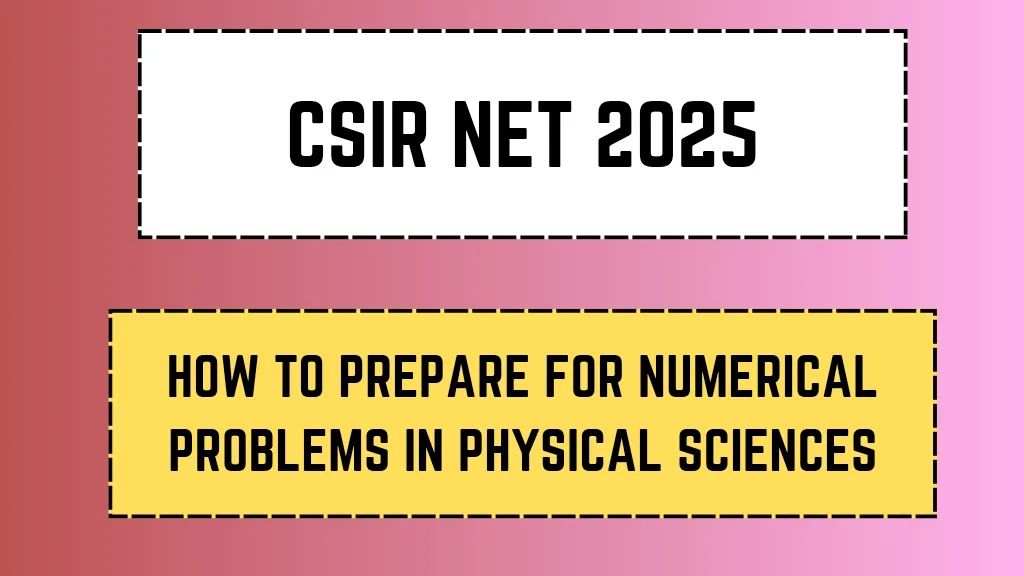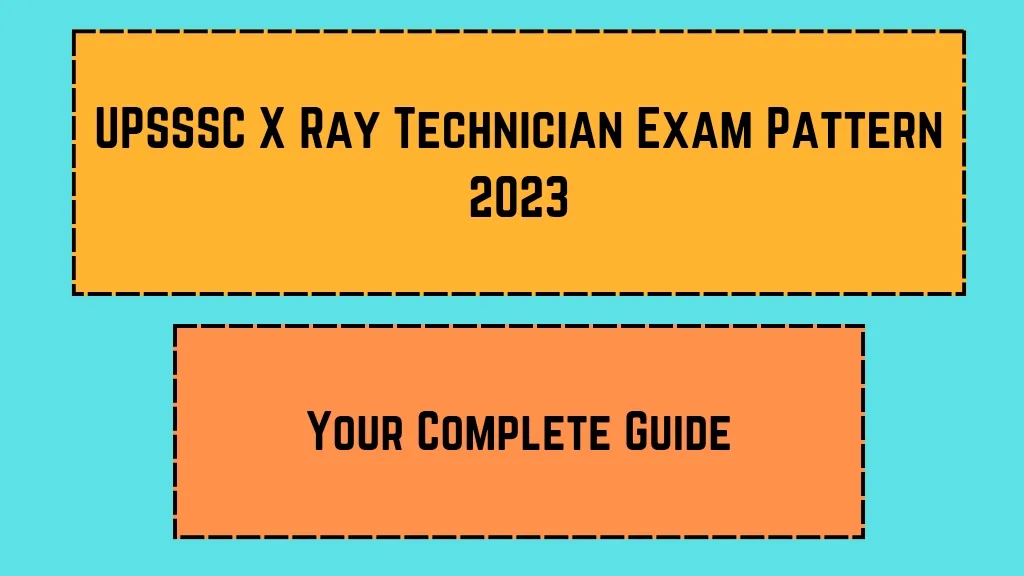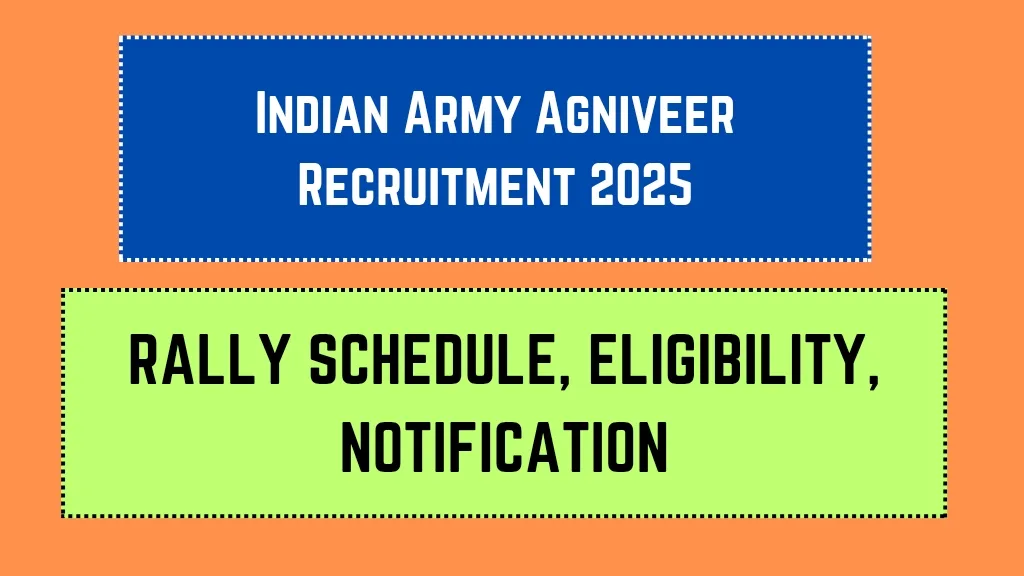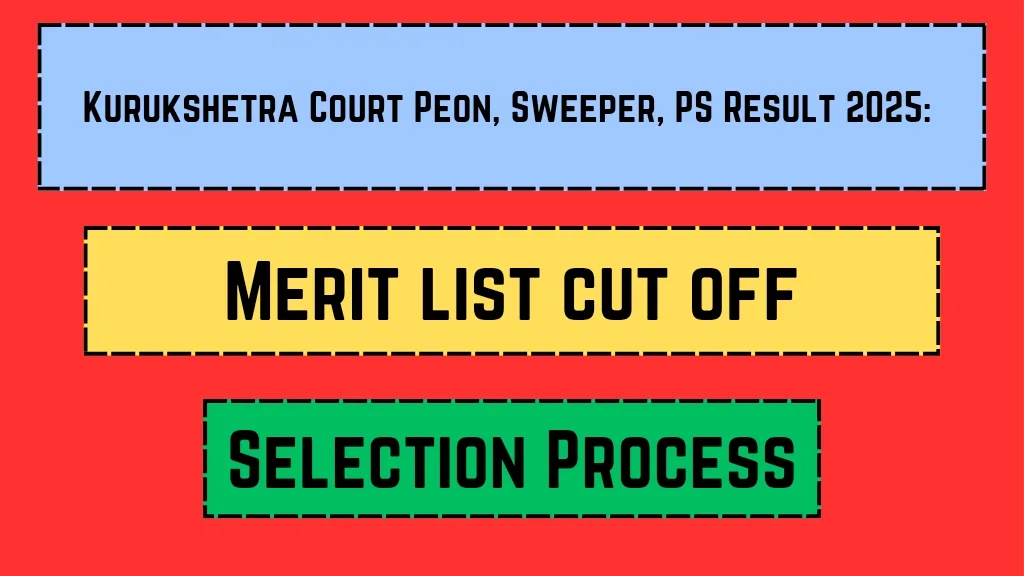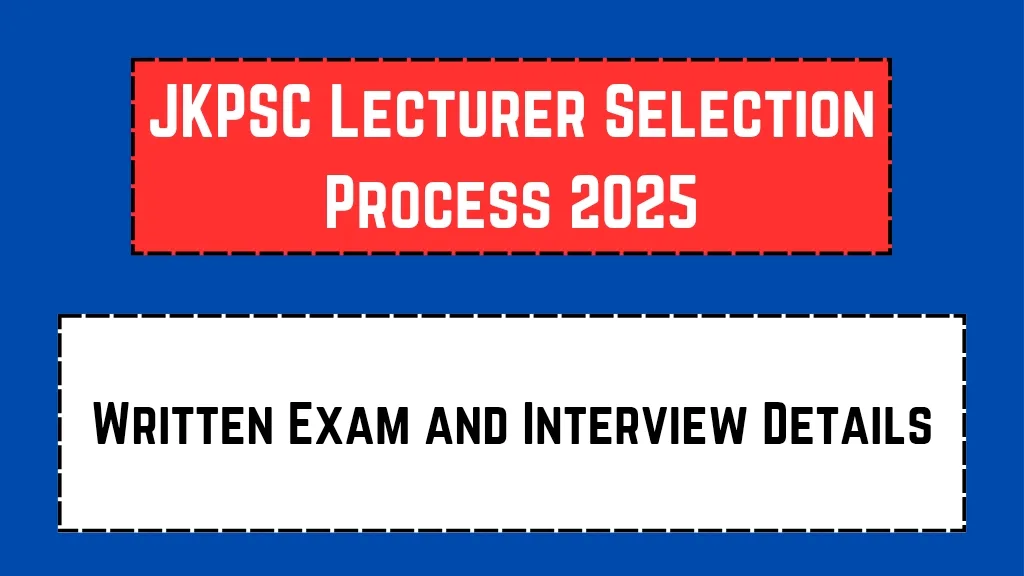The CSIR NET (Council of Scientific and Industrial Research National Eligibility Test) is one of the most prestigious exams for aspiring researchers and lecturers in India. For candidates in the Physical Sciences stream, numerical problems are a critical part of the exam. These problems test your analytical skills, conceptual understanding, and problem-solving speed. If you’re aiming to crack CSIR NET 2025, mastering numerical problems is non-negotiable. This article will guide you through effective strategies, resources, and tips to ace this section with confidence.
Key Highlights 📌
| Key Point | Details |
|---|---|
| Organization Name | CSIR (Council of Scientific and Industrial Research) |
| Exam Name | CSIR NET (National Eligibility Test) |
| Exam Level | National |
| Stream | Physical Sciences |
| Focus Area | Numerical Problems, Conceptual Understanding |
| Last Date (Tentative) | To be announced (Check official website for updates) 🗓 |
| Vacancy | Varies yearly (Based on research and teaching positions) |
| Preparation Time | 6-12 months recommended |
| Official Website | https://csirnet.nta.nic.in |
Understanding the Exam Pattern 📊
What’s in the Syllabus?
The Physical Sciences paper is divided into three parts:
- Part A: General Aptitude (Logical reasoning, graphical analysis, etc.)
- Part B: Subject-related MCQs (Moderate difficulty)
- Part C: High-value numerical problems (Advanced level)
Numerical problems dominate Part C, carrying the highest weightage. These questions require a strong grasp of concepts and quick calculations.
Why Are Numerical Problems Challenging? 🤔
Common Struggles
- Time Management: Many candidates struggle to solve problems within the allotted time.
- Conceptual Gaps: Weak fundamentals can lead to errors.
- Calculation Errors: Simple mistakes can cost valuable marks.
How to Overcome These Challenges
- Practice regularly to improve speed and accuracy.
- Focus on understanding concepts rather than rote learning.
- Use shortcuts and approximation techniques for faster calculations.
Step-by-Step Preparation Strategy 🚀
1. Analyze the Syllabus
Start by breaking down the syllabus into smaller topics. Focus on high-weightage areas like Quantum Mechanics, Thermodynamics, and Electromagnetism.
2. Build a Strong Foundation
Revise basic concepts from standard textbooks like “Introduction to Electrodynamics” by David J. Griffiths and “Mathematical Methods for Physicists” by Arfken.
3. Practice Regularly
Solve at least 10-15 numerical problems daily. Use previous years’ question papers and mock tests to simulate exam conditions.
4. Learn Shortcuts
Memorize important formulas and learn approximation techniques to save time during the exam.
5. Take Mock Tests
Mock tests help you gauge your preparation level and identify weak areas. Aim to complete at least 20 full-length tests before the exam.
Recommended Resources 📚
| Resource Type | Details |
|---|---|
| Textbooks | Griffiths (Electrodynamics), Arfken (Mathematical Methods) |
| Online Platforms | Unacademy, BYJU’S, and YouTube channels like Physics Wallah |
| Practice Books | CSIR NET Physical Sciences by Arihant Publications |
| Mock Tests | Available on the official website and coaching platforms |
Time Management Tips ⏰
During Preparation
- Allocate specific time slots for each topic.
- Spend more time on high-weightage areas.
During the Exam
- Start with easier questions to build confidence.
- Allocate time wisely for Part C (numerical problems).
Common Mistakes to Avoid ❌
- Ignoring Basics: Skipping fundamental concepts can lead to errors.
- Overloading with Resources: Stick to a few trusted books and platforms.
- Neglecting Mock Tests: They are crucial for time management and accuracy.
Final Thoughts 🌈
Preparing for numerical problems in CSIR NET 2025 requires a mix of conceptual clarity, regular practice, and smart strategies. By following the steps outlined above, you can tackle this challenging section with ease. Remember, consistency is key! Keep practicing, stay focused, and you’ll be well on your way to success.
Good luck! 🍀
